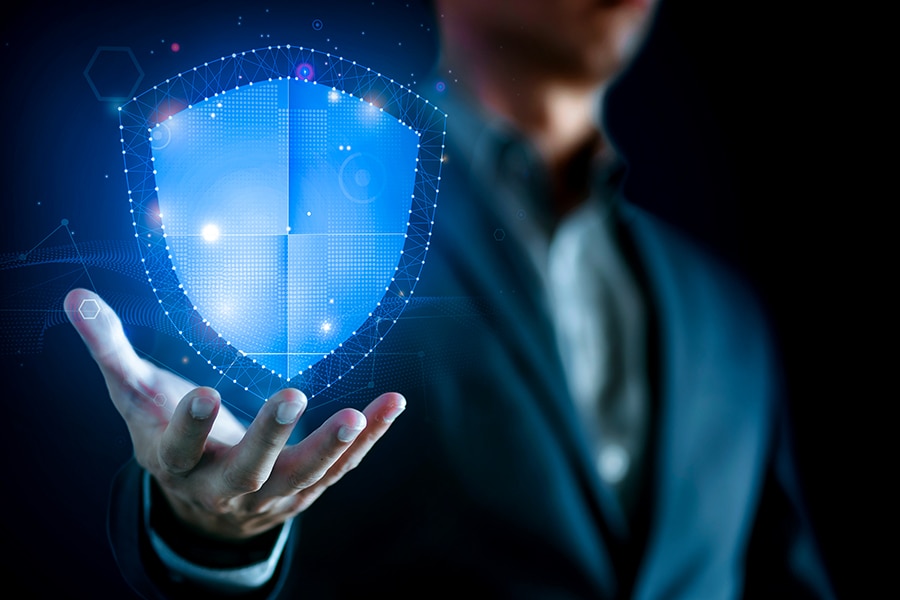
It's time for cyber-insurance to become personal in the WFH age
According to a recent report by Hewlett Packard, there has been a stupendous 238 percent increase in global cyberattack volume during the pandemic
 According to a recent report by Hewlett Packard, there has been a stupendous 238 percent increase in global cyberattack volume during the pandemic
According to a recent report by Hewlett Packard, there has been a stupendous 238 percent increase in global cyberattack volume during the pandemic
Image: Shutterstock
As economic activities around the globe become pervasively digital, the ever-increasing cyber threat is outpacing most companies’ ability to manage it effectively. Sensitive business information, such as employee personal information, client and corporate data, and intellectual property all are at an increasing risk of getting hacked. Along with them, other key elements of corporate infrastructure are also under growing threat from ransomware risks.
Commercial cyber-risk management activities such as ID theft resolution and credit monitoring have become ubiquitous all over the globe thanks to countless data breaches since the mid-2000s, and are exploding in the era of smartphone communication. Fast forward to the post 2020 era, phishing scams are running rampant amid Covid-19 which has blurred the distinction between workplace and home.
According to a recent report by Hewlett Packard, there has been a stupendous 238 percent increase in global cyberattack volume during the pandemic. As a result, individuals are waking up to annoying (e.g., loss of private data and digital mementos from the phone) and often serious (e.g., loss of workplace data from the cloud) cyber-risks, and preparing to take control.
Many believe they are more productive when working from home compared to a traditional office setting thanks to flexible time-management and time saving benefits. However, quite a few of them—approximately 25 percent believe they are less productive while working from home, according to KuppingerCole. This is because in many parts of the world, even in developed countries, high-spec hardware like laptop and tablets, and software like video-conferencing tools and Database Management Systems require highly reliable and secure internet connection and a secure access to the corporate network via VPN, all of which are not guaranteed if one is working from home. While the governments in collaboration with network providers have been handling the issue of expanding fibre capacity given the critical importance of cyber-security in this new WFH setting, employers are steadily putting in place a whole range of efficient cyber-security measures for this ‘new’ work environment.
[This article has been published with permission from IIM Calcutta. www.iimcal.ac.in Views expressed are personal.]







